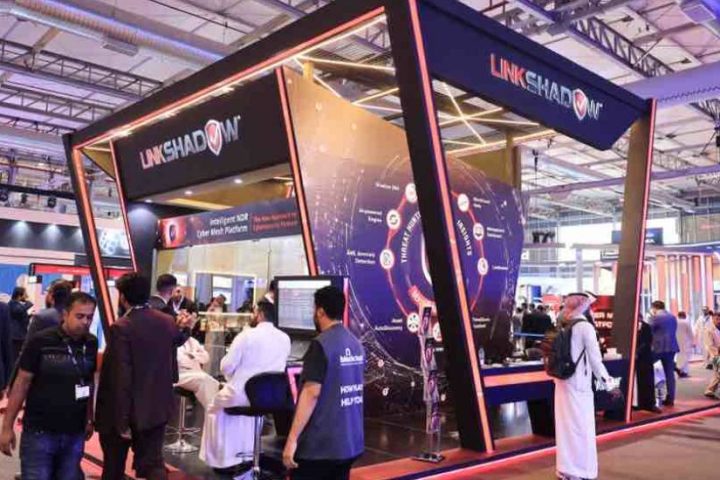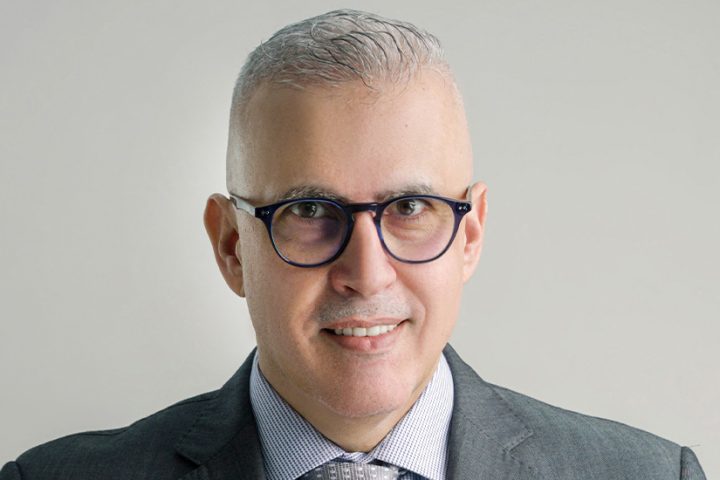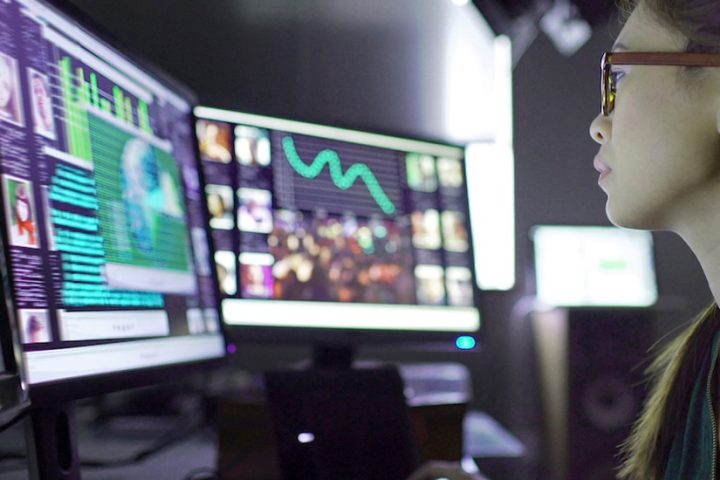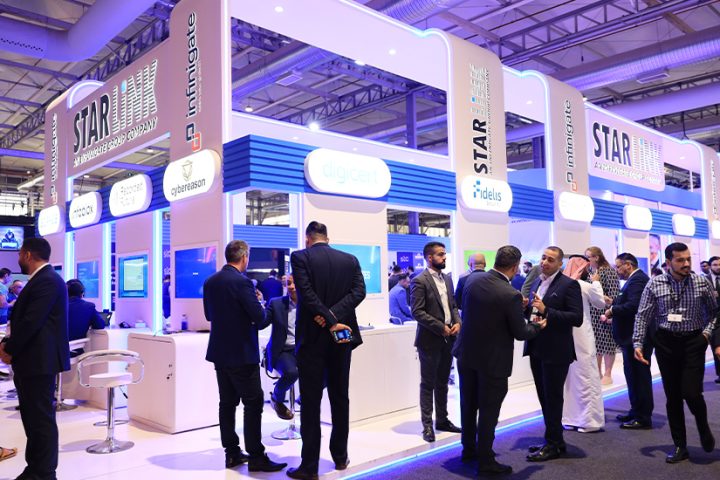A recent study conducted by IFSEC Global reveals how trusted identities can serve as the backbone for smart buildings and today’s connected workforce. Sponsored by HID Global, the access control study on the connected workplace explores the trends in smart buildings and the increasingly important need for identity-aware building systems that offer greater convenience, security and productivity.
“The study reveals how trusted IDs offer a viable alternative for achieving a connected building at lower cost, better ROI and improved user experience–all by providing systems with knowledge of identities and their authorizations for access to elevators, parking garages, vending machines, printers and other systems” said Ashish Malpani, Director of Product Marketing with HID Global.
IFSEC Global’s study focused on how the access control infrastructure combined with trusted identities can connect disparate systems for enhanced monitoring and a better user experience as people enter and move around buildings, access various systems and consume building services.
According to the report, 85 percent of respondents are aware that identities can be connected across multiple systems and devices, and more than 60 percent believe that having everything on one ID card or mobile device will provide operational efficiencies. More than half have already connected their building systems to access control applications, and converging systems can even be a factor in deciding to upgrade the access control infrastructure. Another finding from the IFSEC Global study is the growing awareness of the Internet of Things, with 86 percent of respondents either “very aware” or “modestly aware” of the IoT. For a more connected workplace, trusted IDs can help organizations take a first step towards integrating building systems by securing, customizing and enhancing IoT applications that help connect people, places and things.














